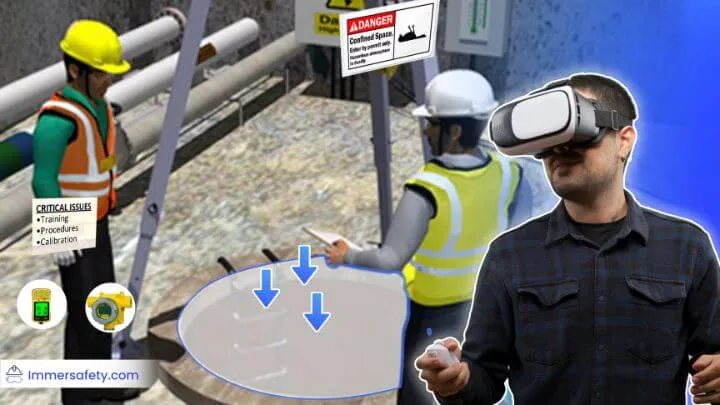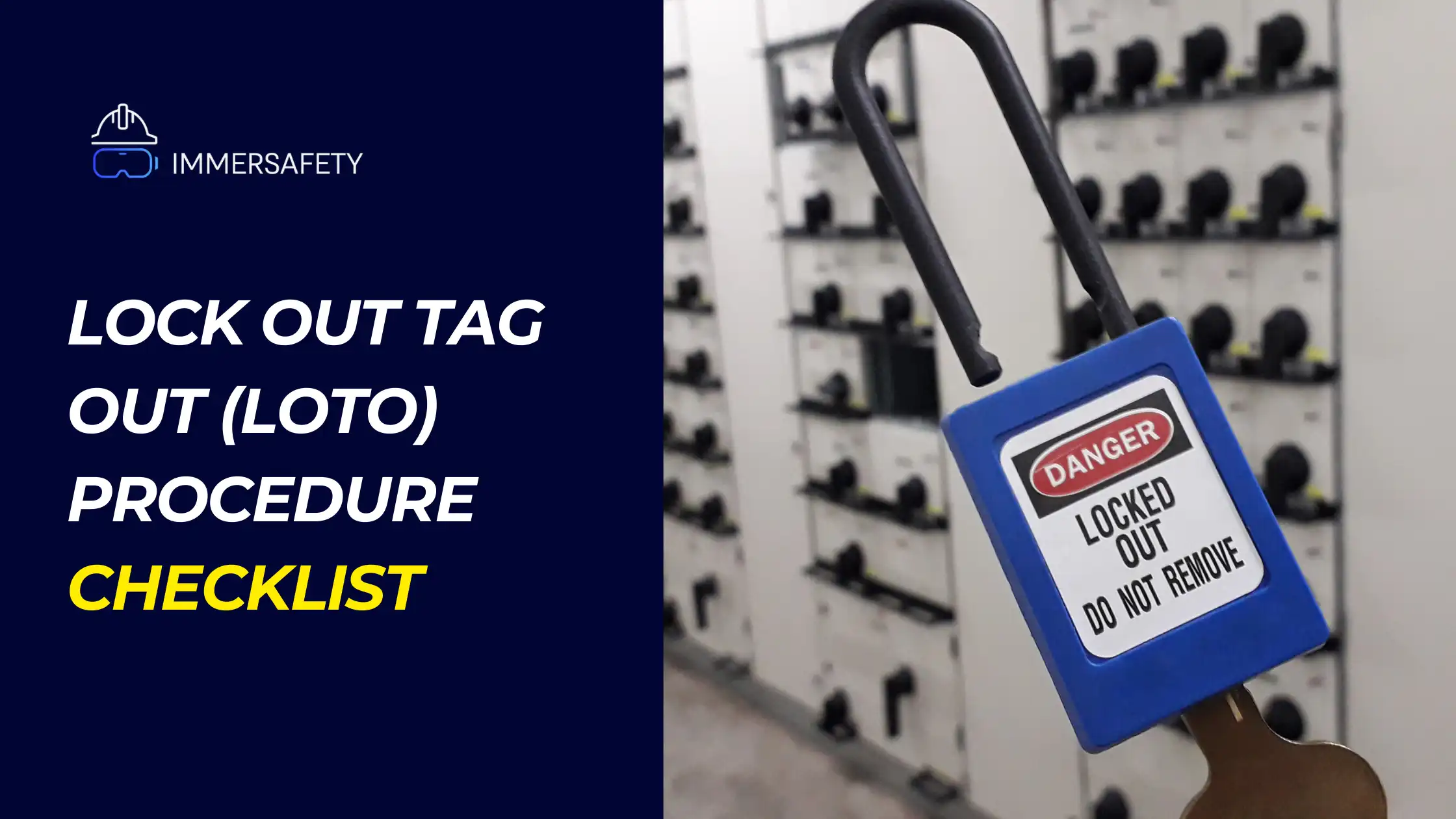Implementing an effective Lock Out Tag Out (LOTO) procedure is crucial for preventing accidents and ensuring safety when servicing and maintaining equipment that could release hazardous energy.
Lock Out Tag Out (LOTO) Procedure Checklist For You

1. Preparation
- Understand and Document: Identify all equipment involved and document the types of hazardous energy associated with each.
- Notify Affected Employees: Inform all employees affected by the shutdown about the upcoming LOTO procedure.
2. Shutdown
- Initiate Shutdown: Follow the internal procedures for shutting down the equipment safely.
3. Isolation
- Isolate Energy Sources: Physically isolate the equipment from energy sources (electrical, mechanical, hydraulic, etc.).
4. Lockout/Tagout Application
- Apply Lockout Devices: Secure isolation points with appropriate lockout devices.
- Tagout: Attach tags that specify the lockout reason, time, and the person responsible.
5. Control Stored Energy
- Address Stored Energy: Ensure all potential stored energy is neutralized or restrained (e.g., bleed hydraulic lines, block moving parts).
6. Verify Isolation
- Check Isolation: Verify that all energy sources have been effectively isolated and equipment is de-energized.
7. Perform Maintenance or Servicing
- Proceed with Work: Carry out necessary maintenance or servicing tasks.
8. Remove Lockout/Tagout Devices
- Inspect the Work Area: Ensure that all tools and parts are accounted for, and the equipment is ready to be reactivated.
- Remove Devices: The individual who applied the lockout device should remove it.
9. Restore Energy
- Notify Employees: Inform everyone that the lockout devices have been removed.
- Restore Energy: Re-energize the equipment following a clear, step-by-step procedure.
Why a Structured LOTO Procedure is Necessary
A structured LOTO procedure is not just a regulatory requirement; it’s a critical component of workplace safety. The steps outlined help prevent the accidental release of hazardous energy during equipment maintenance.
By documenting and following these procedures, businesses can significantly reduce the risk of injuries and fatalities. This structured approach ensures consistency, compliance, and safety across all operations, crucial for protecting employees and maintaining efficient workflows.
FAQs: Understanding Lock Out Tag Out (LOTO) Procedures
What is Lock Out Tag Out (LOTO)?
Lock Out Tag Out (LOTO) is a safety procedure used in industry and research settings to ensure that dangerous machines are properly shut off and not able to be started up again prior to the completion of maintenance or servicing work.
Why is LOTO important?
LOTO procedures prevent approximately 120 fatalities and 50,000 injuries each year. They are crucial for safeguarding workers from the release of hazardous energy during machine maintenance or repair, which could cause serious injuries or fatalities.
When should LOTO procedures be applied?
LOTO should be applied whenever maintenance or servicing work that requires an employee to remove or bypass a safety device, or place any part of their body into an area on a machine or piece of equipment where work is actually performed upon the material being processed (e.g., cutting, grinding, shaping) is performed.
What are the basic steps of a LOTO procedure?
The basic steps include preparing for shutdown, shutting down the equipment, disconnecting or isolating the equipment from the energy source, applying lockout or tagout devices, releasing stored energy, and verifying that the equipment is isolated and de-energized.
Who can perform LOTO procedures?
Only authorized employees, those who have received proper training in LOTO procedures and are knowledgeable about the specific equipment, are allowed to perform these procedures. This ensures the safety and security of the operation, maintaining strict control over the processes.


